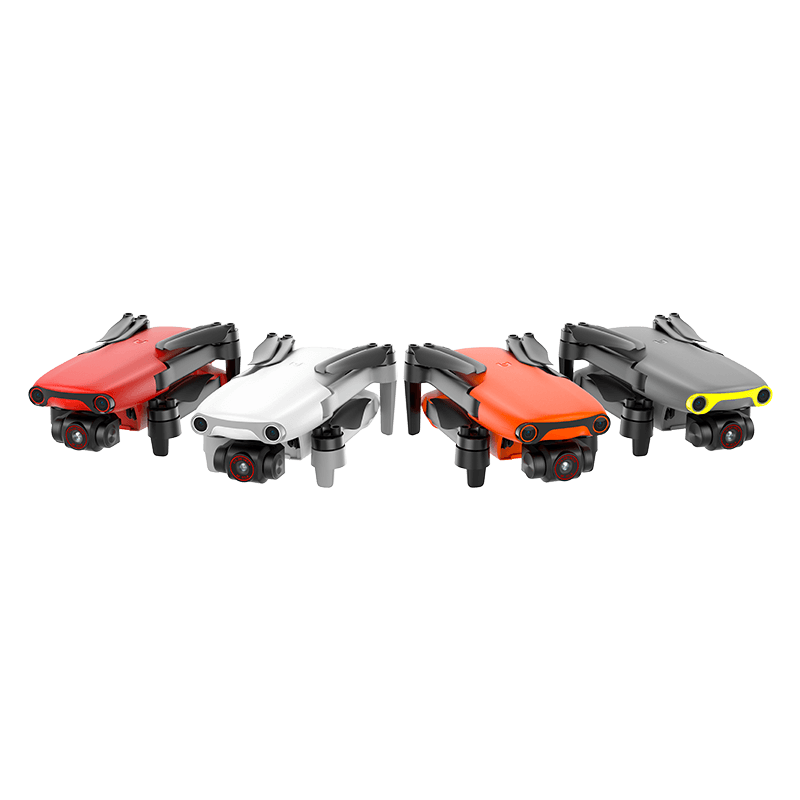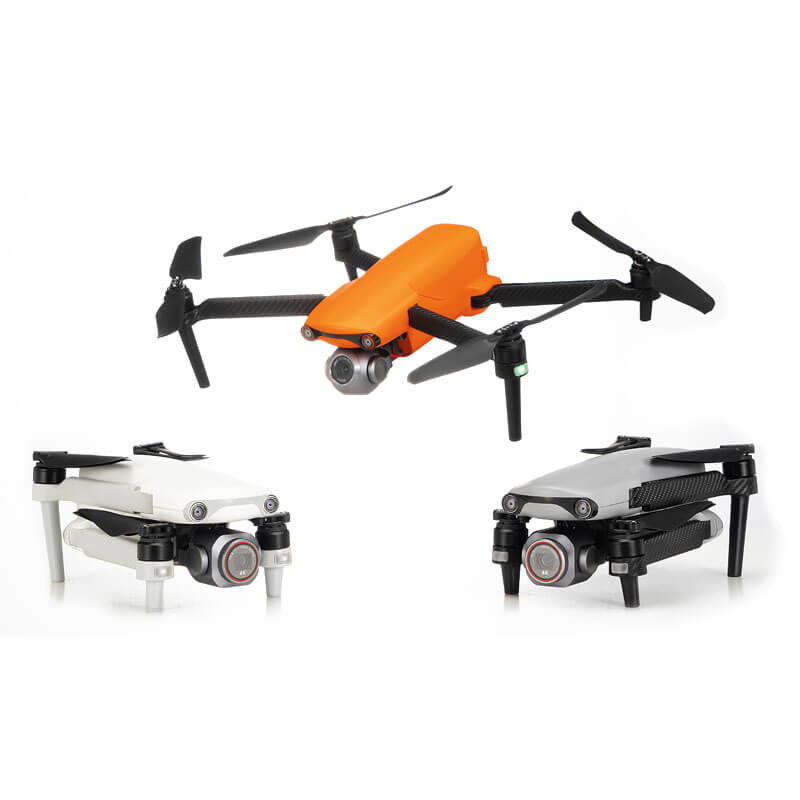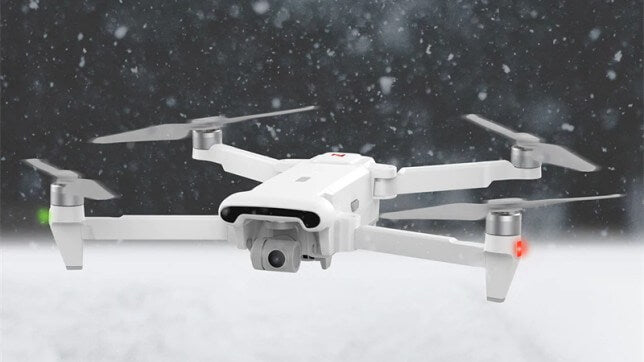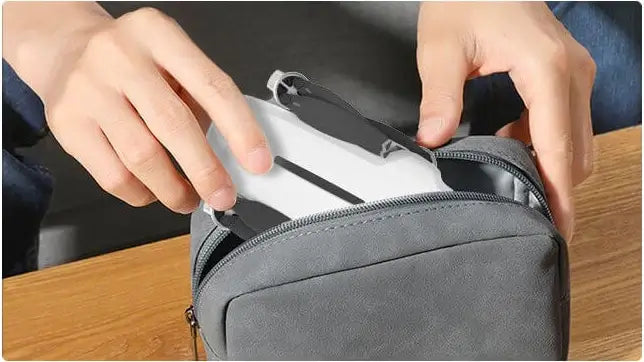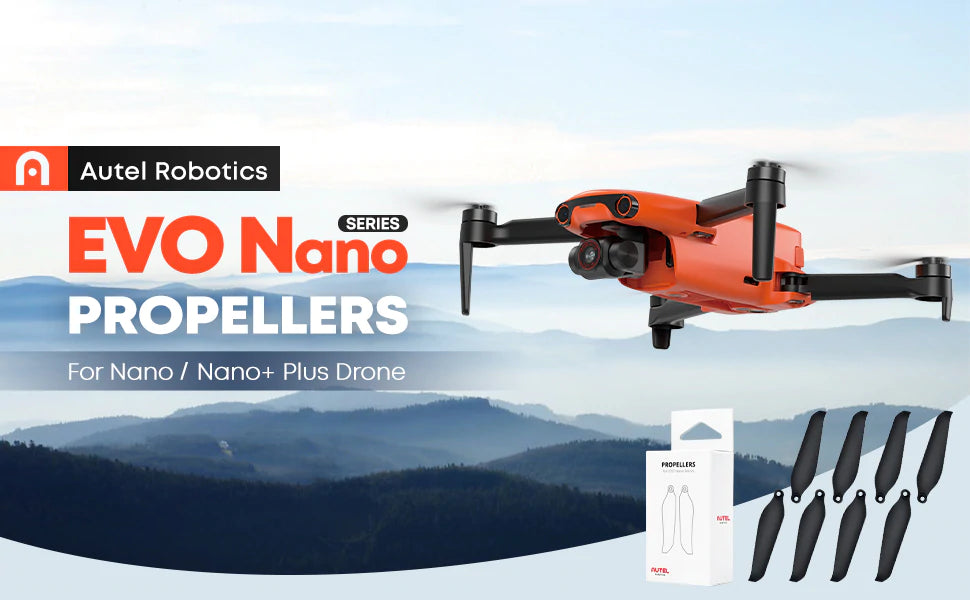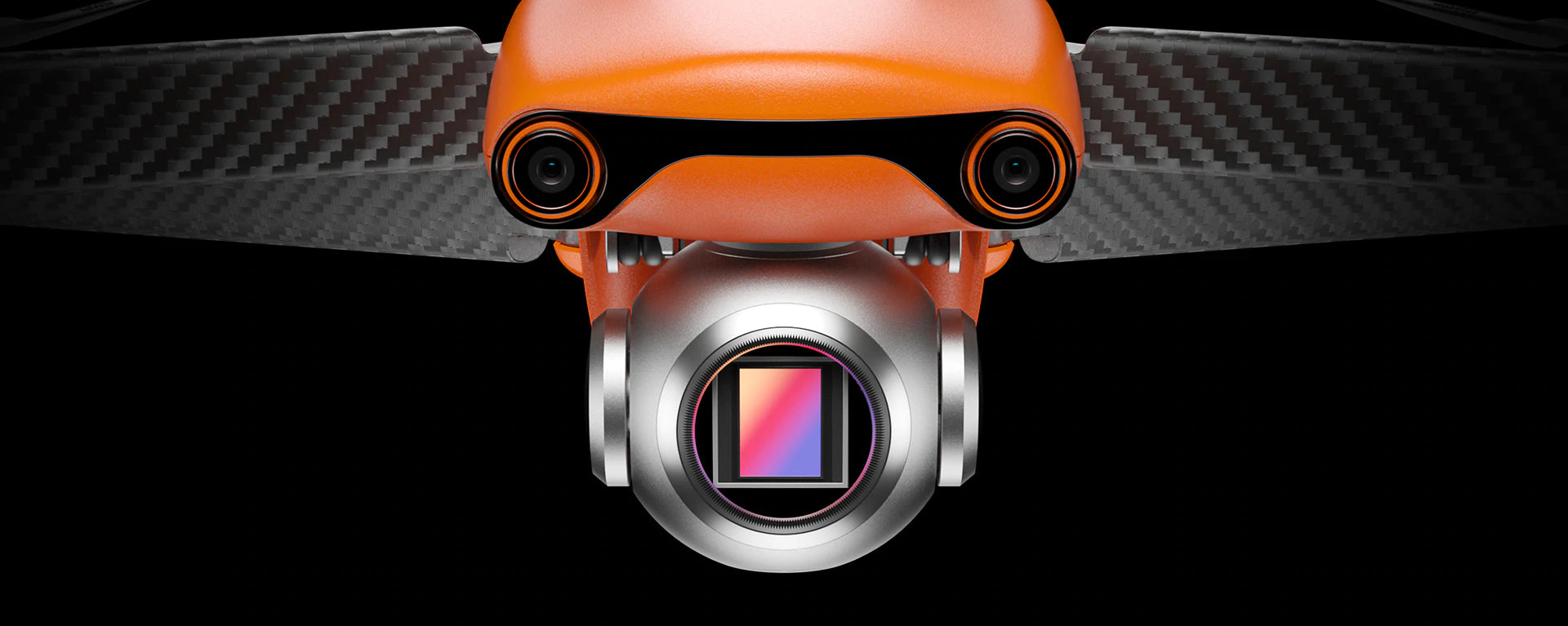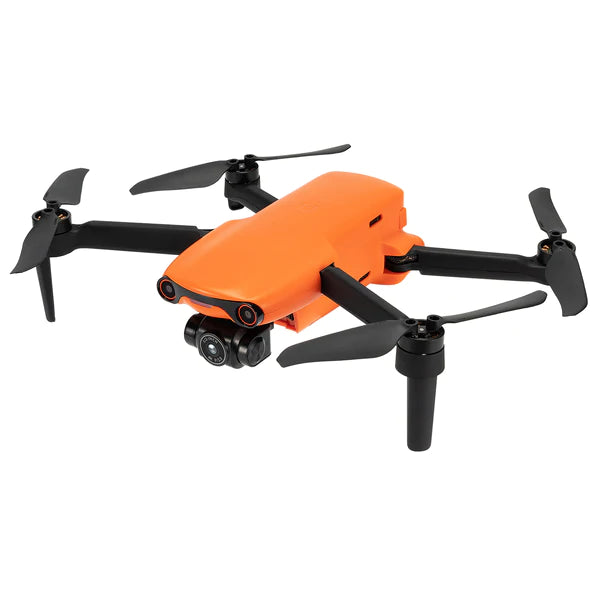Drones fly into the sky, bringing us new horizons and images, and at the same time supporting us to live broadcast the captured images, which greatly enriches and satisfies people's imaginations. The Autel EVO Nano+ drone can shoot up to 50MP photos and Ultra HD 4K HDR video at 30fps. The RYYB color filter array design with a large f/1.9 aperture provides excellent image noise reduction and the ability to produce high-quality images easily even in low light conditions under strong fill light.
The Autel EVO Nano+ tracks fast-moving subjects with incredible precision via the PDAF + CDAF dual autofocus system. Want to use drones to shoot more novel and interesting things? High-end drones can also have new upgraded designs on lenses, such as fisheye lenses and ultra-wide-angle lenses.
Fisheye drone turns snowy mountain landscape into a photographic snowball
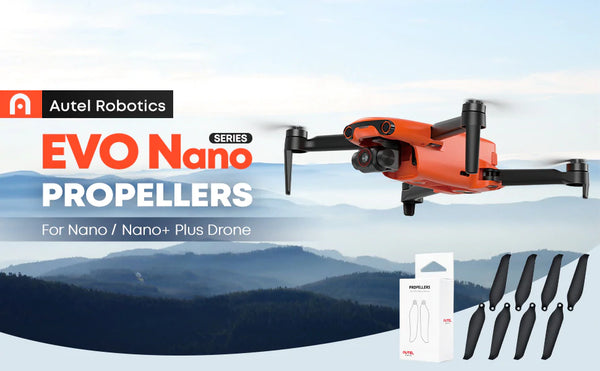
A fisheye camera is a camera that uses a wide-angle lens to capture a field of view of around 180 degrees. This type of camera is called a "fish eye" because it approximates the vision of a fish's convex eye. Lenses produce large-area curved images while distorting the perspective and angle of objects in the image. Subjects close to the camera will have large, distorted features, while the focal length will make distant subjects appear unusually small.
The Autel EVO Nano drone is also very powerful, with a 1/2-inch CMOS sensor 48MP camera paired with an ultra-stable 3-axis mechanical gimbal, which can also record smooth cinematic 4K/30fps HDR video in challenging conditions .
On a camera with a 180-185-degree viewing angle, two photos taken from diametrically opposite directions can be digitally stitched together to form a full 360-degree image. Because of these interesting image-making possibilities, fisheye cameras have become a popular gadget.
The Autel EVO Nano+ extracts rich detail from shadows and highlights using HDR mode, which quickly captures multiple shots at different exposures to stitch them together in post-production, no matter how extreme the lighting conditions.
It's entirely possible for drone cameras to have fisheye lenses to make videography even more fun. Take a mountain, a fisheye lens, and a willing drone, and you'll see a fisheye drone turn a mountain into a photographic snowball. Photographers also take advantage of the distortion and wide angle of these lenses to produce interesting and unusual images. A landscape photo taken by a fisheye camera will show the apparent curve of the earth.
Panoramic shot of drone hovering over

It is also worth mentioning the wide-angle lens of the drone. Usually, the current drone uses a panoramic shot. Wide-angle lenses are lenses that provide a wide-angle viewing angle, and they include 35, 28, and 24mm lenses. The standard wide-angle lens is 28mm. The wide-angle lens provides a great depth of field, making it easier to focus the background and foreground in one shot. Wide-angle shots are recommended in tight spaces and enclosed spaces. At this time, the role of drone aerial photography can be more reflected.
A wide-angle lens can work in a large open space, but it will give an image that is at a certain distance from the subject. Wide-angle lenses are great for close-up shots with limited space and group shots. On the other hand, fisheye lenses are great for photographing large groups of people. For landscape shots, both lenses are fine, but the wide-angle lens will work too, but it will make it look like you're standing far away, so you might need to move closer.
Wide-angle lenses and fisheye lenses are great additions to any photographer's tools, and they're actually a must-have for anyone who loves taking landscape photos. Over the past few years, drone technology has developed rapidly, changing the way we see the world. Without taking our two feet off the ground, we can visit and capture aerial images of some of the most incredible locations on Earth.

